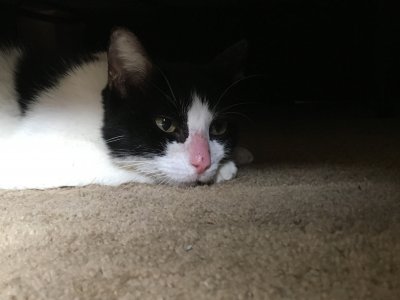- Thread Starter Thread Starter
- #21
- Joined
- Oct 9, 2017
- Messages
- 112
- Purraise
- 96
While that chart is an excellent resource, I do want to point out that, as far as I can tell, Dr. Pierson isn't specific about what kind of analysis she is getting from each company, meaning they may not even be comparable. Yes, they are a "typical nutrient analysis" but honestly, I don't know what that actually means or how each company measures their TNA.There are actually tons of canned foods that are under 10% carbs. Check out Dr. Peirson's nutritional chart on catinfo.org.
That aside, she even states herself that the values given are a loose approximation, and many foods with rice clock in well under the 10% carb mark - but Dr. Piersons talks in depth about why you shouldn't feed your cat food with ingredients like rice in it elsewhere on the site. The overall point I'm making here is there seems to be nowhere even near perfect an answer as to what we should feed our cats, and no hard and fast rule that you can just apply and say that's good enough.







 BUT also worth mentioning that "by-product meal" is a rendered (cooked at very high temps) product so it can be made out of 4-D animals (dead on arrival, dying, diseased, down) so it is considered lower-quality than the "fresh" by-products used in canned foods, which must be from animals healthy enough to be slaughtered. Many people prefer to avoid by-product meal for that reason.
BUT also worth mentioning that "by-product meal" is a rendered (cooked at very high temps) product so it can be made out of 4-D animals (dead on arrival, dying, diseased, down) so it is considered lower-quality than the "fresh" by-products used in canned foods, which must be from animals healthy enough to be slaughtered. Many people prefer to avoid by-product meal for that reason.